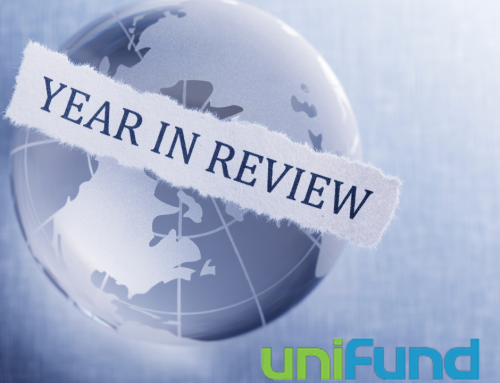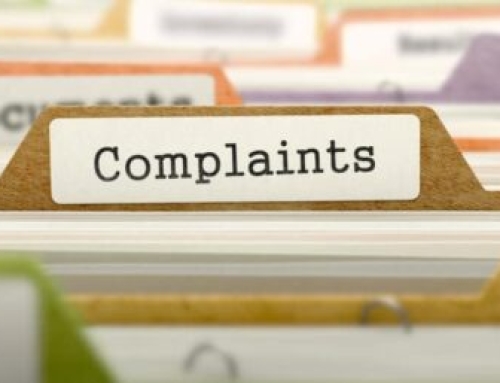In September of 2013, JP Morgan Chase (JPM) was fined $920 million as a result of its London Whale Trading losses. One month later, Chase reached a $13 billion settlement with the U.S. Justice Department over bad mortgage loans. On the heels of this negative news, Chase made the decision to turn to social media to bolster its tarnished image. Let’s look into this.
In November, the bank announced that it would host a live Q&A session with its Vice Chairman, Jimmy Lee. The “Twitter Takeover” was intended to allow the public to actively engage with the company, using the hashtag #AskJPM.
The first problem starts with the hashtag itself, a device that makes it simple for tweeters to spread the word quickly, especially if an organization is viewed negatively. Within days of the takeover announcement, a major Twitter trolling spree was unleashed. In fact, in only 48 hours, more than 45,000 tweets were exchanged against #AskJPM, mixing harsh criticism and humorous barbs against the company.
A week after announcing the takeover, Chase cancelled the event in a tweet acknowledging that it was a “bad idea.”
 Indeed, it was a bad idea. Looking into this, we applied our own advanced, statistical modeling to analyze Twitter sentiment towards the bank. Our analysis revealed that an overwhelming number of tweets containing the hashtag #AskJPM included negative sentiment. The word cloud below captures the highest frequency of words with negative sentiment contained within people’s tweets during the week that the hashtag was live:
Indeed, it was a bad idea. Looking into this, we applied our own advanced, statistical modeling to analyze Twitter sentiment towards the bank. Our analysis revealed that an overwhelming number of tweets containing the hashtag #AskJPM included negative sentiment. The word cloud below captures the highest frequency of words with negative sentiment contained within people’s tweets during the week that the hashtag was live:
While the word cloud demonstrates negative words expressed in the tweets, it is not a great tool for quantitative analysis. The word cloud represents a field of study called Natural Language Processing (NLP) and sentiment analysis is one of the tools often used in NLP. NLP is a challenging field of analysis. It is difficult to gauge the level of negative sentiment (i.e. how mad are they?) and difficult to measure the word’s intention (ex. even the best algorithms will have trouble with sarcasm). There are also several ways to measure sentiment. For example, you can look at Twitter sentiment three ways:
- N-Grams indicator: Tweets are collected and parsed into individual words. Machine learning algorithms are then used to examine whether specific words are associated with negative or positive comments
- Sentiment dictionaries: Word dictionaries reflecting human-defined sentiment scores can be used to calculate the total sentiment score of specific tweets.
- Twitter feature indicator: There are dozens of specific Twitter features that can be used to indicate positive or negative sentiment. For example, continuous question marks indicate a high probability of negative sentiment.
Our quantitative analysis indicated a deep-seeded, negative sentiment towards JP Morgan Chase. That’s to be understood, considering the heavy dose of bad press that Chase endured in the months leading up to the ill-timed Twitter takeover. However, after further analysis it becomes clear that this is not simply a problem at J.P. Morgan Chase, but rather a problem of negative sentiment with all banks.
RDS asked, “How could JPM have predicted this would be a bad idea?” Surely, JPM didn’t know what was going to happen. However, what would have helped? In other words, what was missing in their analysis?
We built a model to answer the general question, “How do people feel about banks?” The model began the way most models begin: collect data. We collected random tweets about banking institutions. After cleaning the data, we manually read every tweet and scored each with sentiment. Was this person happy? Angry? Indifferent? How happy? How angry? Indifferent in what way?
We built our quantitative sentiment analysis model using the sentiment scores as the dependent variable, ultimately building a model that predicts what sentiment value a human being would rate for a given tweet.
The visualization below highlights the negative sentiment towards random bank tweets, with most tweets rating less than 5 on a scale of 1 to 10.
The analysis foresees the Twitter crowd should respond negatively towards any open-ended social media campaign from any bank. Had Chase invested the time to analyze Twitter sentiment towards the banking industry, they would likely have reconsidered their social media campaign.
As with many organizations that employ social media, their intentions were good: to provide a forum for direct customer engagement with the top brass. After all, isn’t customer engagement and feedback the benefit of using social media?
To begin with, the problem was that sentiment towards banking in general was extremely negative. Analyzing random bank tweets and identifying sentiment trends would have revealed the public’s attitude towards banks from the start.
We looked at the distribution of bank sentiment on Twitter for the period preceding the Chase debacle. As you can see below, on a scale of 1-10, the average sentiment towards banking is a 4!
At first glance, what does this say? There is much more negative sentiment on the ‘low’ side than positive sentiment on the ‘high’ side. The overall sentiment is heavily right-skewed. A deeper investigation reveals the significance of the sentiment and allows one to predict the impact this sentiment has on the business. Clearly, the data suggests that the public does not think highly of the banking industry.
Before launching a campaign like this, we ask, “Is it a good idea for a company in an industry viewed so negatively by the public to host a Twitter campaign?” Based on this analysis, the answer is clearly no and this is soon confirmed by JPM:
This negative sentiment across the entire banking industry is not all that unusual. In fact, we refer to this as the “lost luggage problem.” No one returns from vacation and tweets positive sentiment about an airline losing their luggage. Consumers will often tweet negative sentiment, but rarely positive sentiment. The same holds true for banks. Seldom will someone tweet “I had an awesome deposit at Wells Fargo today.” There may be an occasional positive tweet, but not enough to predict positive sentiment to any level of accuracy, which would be easy with industries like music or movies or with restaurants. Banks are also not the only industry where this occurs. For another example lookup the New York City Police campaign for #myNYPD. This was another social media campaign created in an effort to promote community engagement that turned incredibly negative and quickly became viral. This even exploded to other cities where people started using #myLAPD and #mySFPD. It’s interesting to note that our analysis showed that JPM had an average sentiment score of 4.85 prior to the #AskJPM campaign (a bit higher than the average banking sentiment). After the #AskJPM campaign, the average sentiment score dropped to 3.5 (slightly below the average banking sentiment). Even after the bad press of the preceding months, sentiment towards Chase was not much lower than the overall sentiment for the rest of the banking industry.
Twitter and other social media platforms can be great tools to connect to consumers, but be very careful. Before engaging with customers on any social media platform, consider doing some analysis in advance to avoid the kind of negative campaign that JP Morgan Chase encountered.
What, if any, experience have you had with Twitter sentiment? Let us know on Twitter @RDScientist.
Error: Contact form not found.









